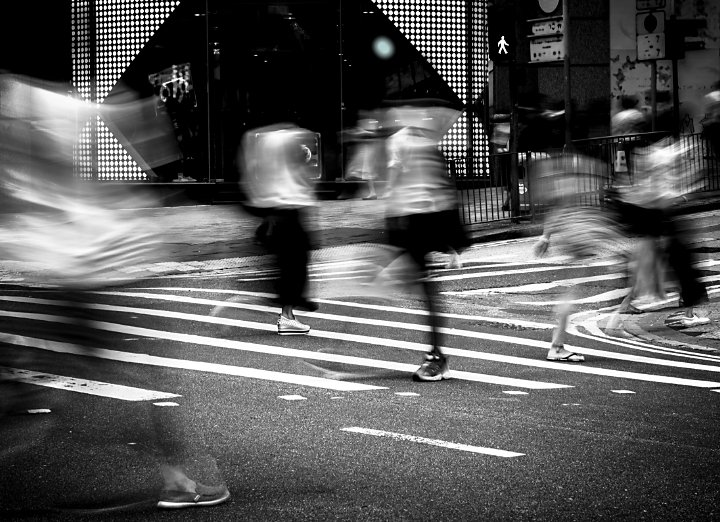Not known Facts About Framing Streets
What Does Framing Streets Do?
Table of ContentsFraming Streets for DummiesFacts About Framing Streets UncoveredThe 15-Second Trick For Framing Streets8 Simple Techniques For Framing StreetsFraming Streets for DummiesSome Of Framing Streets
, usually with the goal of catching photos at a definitive or poignant minute by mindful framing and timing. http://go.bubbl.us/de6c3c/6f37?/Framing-Streets.
7 Simple Techniques For Framing Streets
Susan Sontag, 1977 Street photography can concentrate on people and their actions in public. In this respect, the road photographer resembles social documentary professional photographers or photographers who additionally operate in public places, but with the purpose of catching relevant events. Any one of these photographers' pictures might catch individuals and building visible within or from public areas, which typically entails browsing honest issues and laws of privacy, protection, and property.
Depictions of everyday public life form a genre in virtually every period of globe art, starting in the pre-historic, Sumerian, Egyptian and early Buddhist art durations. Art taking care of the life of the road, whether within views of cityscapes, or as the leading theme, shows up in the West in the canon of the North Renaissance, Baroque, Rococo, of Romanticism, Realism, Impressionism and Post-Impressionism.
What Does Framing Streets Do?
Louis Daguerre: "Blvd du Temple" (1838 or 1839) In 1838 or 1839 the initial picture of numbers in the street was videotaped by Louis-Jacques-Mand Daguerre in one of a set of daguerreotype sights taken from his workshop window of the Boulevard du Holy place in Paris. The second, made at the elevation of the day, shows an unpopulated stretch of road, while the other was taken at concerning 8:00 am, and as Beaumont Newhall reports, "The Blvd, so continuously loaded with a relocating throng of pedestrians and carriages was flawlessly solitary, except a person that was having his boots brushed.
His boots and legs were well specified, yet he is without body or head, because these were in motion." Charles Ngre, waterseller Charles Ngre. http://tupalo.com/en/users/6037642 was the initial professional photographer to acquire the technical sophistication required to register individuals in motion on the road in Paris in 1851. Photographer John Thomson, a Scotsman dealing with reporter and social activist Adolphe Smith, released Road Life in London in twelve month-to-month installations beginning in February 1877
Rumored Buzz on Framing Streets
Eugene Atget is considered as a progenitor, not since he was the initial of his kind, yet as a result of the popularisation in the late 1920s of his record of Parisian roads by Berenice Abbott, who was influenced to embark on a comparable paperwork of New york city City. [] As the city created, Atget aided to advertise Parisian streets as a worthwhile topic for digital photography.

Our Framing Streets Ideas
Martin is the initial taped professional photographer to do so in London pop over to this web-site with a masked electronic camera. Mass-Observation was a social research organisation established in 1937 which intended to tape daily life in Britain and to record the responses of the 'man-in-the-street' to King Edward VIII's abdication in 1936 to marry divorce Wallis Simpson, and the succession of George VI. The chief Mass-Observationists were anthropologist Tom Harrisson in Bolton and poet Charles Madge in London, and their first record was generated as the book "May the Twelfth: Mass-Observation Day-Surveys 1937 by over two hundred onlookers" [] Window cleaner at Kottbusser Tor, Berlin, by Elsa Thiemann c. 1946 The post-war French Humanist College professional photographers found their topics on the road or in the diner. In between 1946 and 1957 Le Groupe des XV annually exhibited work of this kind. Andre Kertesz. Circus, Budapest, 19 May 1920 Road photography created the major material of two events at the Gallery of Modern Art (Mo, MA) in New york city curated by Edward Steichen, Five French Photographers: Brassai; Cartier-Bresson, Doisneau, Ronis, Izis in 1951 to 1952, and Post-war European Digital Photography in 1953, which exported the principle of street photography worldwide.

Getting My Framing Streets To Work
The recording equipment was 'a surprise cam', a 35 mm Contax concealed underneath his coat, that was 'strapped to the upper body and linked to a long cord strung down the ideal sleeve'. Nonetheless, his work had little modern impact as because of Evans' sensitivities regarding the originality of his job and the privacy of his topics, it was not published till 1966, in guide Many Are Called, with an intro written by James Agee in 1940.
Helen Levitt, then a teacher of children, associated with Evans in 193839. She recorded the transitory chalk drawings - Best Zoom Lens that became part of kids's road society in New york city at the time, as well as the youngsters who made them. In July 1939, Mo, MA's new digital photography section consisted of Levitt's job in its inaugural exhibitionRobert Frank's 1958 publication,, was substantial; raw and commonly out of focus, Frank's pictures examined traditional photography of the time, "challenged all the formal rules put down by Henri Cartier-Bresson and Walker Evans" and "contradicted the wholesome pictorialism and heartfelt photojournalism of American publications like LIFE and Time".